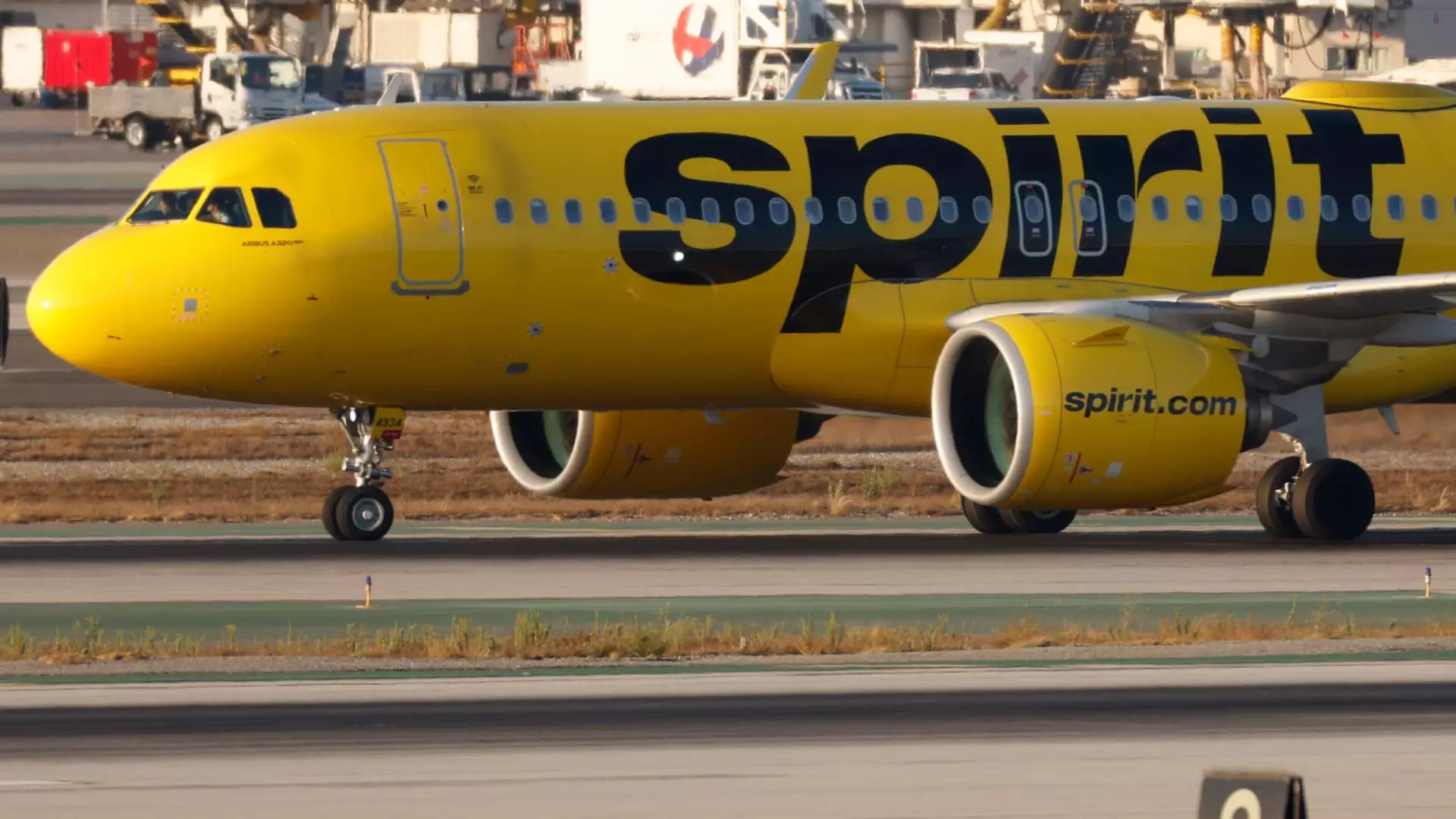Spirit Airlines, once synonymous with budget travel, has recently filed for Chapter 11 bankruptcy protection, marking a significant event in the history of American aviation. This move comes after a series of challenges, including persistent financial losses, competitive pressures, shifting consumer demands, and a failed merger attempt. The decision to seek bankruptcy protection was publicly announced early Monday, with Spirit revealing a tentative partnership with its bondholders that includes $300 million in debtor-in-possession financing. This financial lifeline aims to support the airline throughout its reorganization process, which Spirit anticipates will conclude in the first quarter of the following year.
The company’s financial health has deteriorated markedly over recent years, with its court filings indicating assets and liabilities ranging between $1 billion and $10 billion. Despite this somber news, Spirit’s management has attempted to instill confidence among customers, assuring them that operations would continue as normal. CEO Ted Christie emphasized in a letter to patrons that current bookings, flights, and loyalty points would remain unaffected during the restructuring process.
Spirit’s bankruptcy filing is a watershed moment, as it represents the first major U.S. airline to make such a move since American Airlines did so 13 years ago. The airline, based in Dania Beach, Florida, has faced numerous hurdles, including an engine recall that rendered many of its jets inactive, soaring operational costs exacerbated by the pandemic, and failed acquisition attempts—most notably, its merger bid with JetBlue that was thwarted by federal anti-trust rulings.
Investor confidence in Spirit Airlines has plummeted, with the airline’s shares decreasing by more than 90% this year alone. Confronted with increasingly demanding financial obligations, including $1.1 billion in loyalty bonds due for renegotiation, Spirit was forced to make difficult decisions that would ultimately lead to its filing. The announced deals with bondholders involve a complex restructuring of its financial obligations, paving the way for a new equity strategy that will fundamentally reshape the leisure airline.
Spirit’s operational challenges have mounted in the wake of its Chapter 11 filing. The company has struggled to return to profitability since 2019, losing over $335 million in just the first half of this year. As part of its recovery plan, Spirit has proactively sold off a number of aircraft—most notably, 23 Airbus planes for $519 million—to bolster its liquidity in a market where demand for airplanes has surged. As of now, the airline is targeting approximately $1 billion in liquidity by year-end, which is crucial for maintaining operational viability during the restructuring process.
Beyond asset sales, Spirit has also announced plans to furlough another 330 pilots in January, compounding the earlier layoffs of about 200 pilots in September. These drastic staffing reductions and route cuts are indicative of the challenging landscape the airline faces. Analysts widely expect further contractions within the company as it navigates through bankruptcy, with an emphasis on cost containment tactics to ensure its long-term survival.
The airline’s business model, which has traditionally centered on offering low base fares supplemented by numerous add-on fees, has made it a mainstay among cost-conscious travelers. However, evolving consumer preferences have necessitated a pivot. Following the pandemic, as air travel resumed, Spirit found itself at a crossroads, confronting increased operational costs and a competitive environment that favored airlines with more diversified service offerings.
In a bid to adapt, Spirit has began bundling fares—offering options that include seat assignments and other passenger conveniences. Furthermore, the introduction of a quasi “first-class” service with larger seats reflects a strategic imperative to cater to passengers willing to pay a premium for enhanced comfort on their flights. This shift signifies a broader recognition within the company that the ultralow-cost model, while popular, must evolve to remain viable.
As the airline begins this arduous journey through bankruptcy proceedings, the future remains uncertain. With mounting competition from both low-cost carriers and larger airlines introducing basic economy fares, Spirit has a tough road ahead. The judicial blockage of its merger with JetBlue, along with failures in securing advantageous partnerships, has left it situated as a smaller player in an increasingly consolidated market.
Nonetheless, analysts posit that potential discussions between Spirit and Frontier Airlines could reignite, providing an avenue for strategic collaboration that may help stabilize the brand. For now, Spirit Airlines embodies the complexities of budget travel in an era of change—where the balancing act between maintaining affordability while expanding services will define its path forward. The coming months will be crucial in determining whether Spirit can recover and once again emerge as a formidable pioneer in the budget airline sector.

